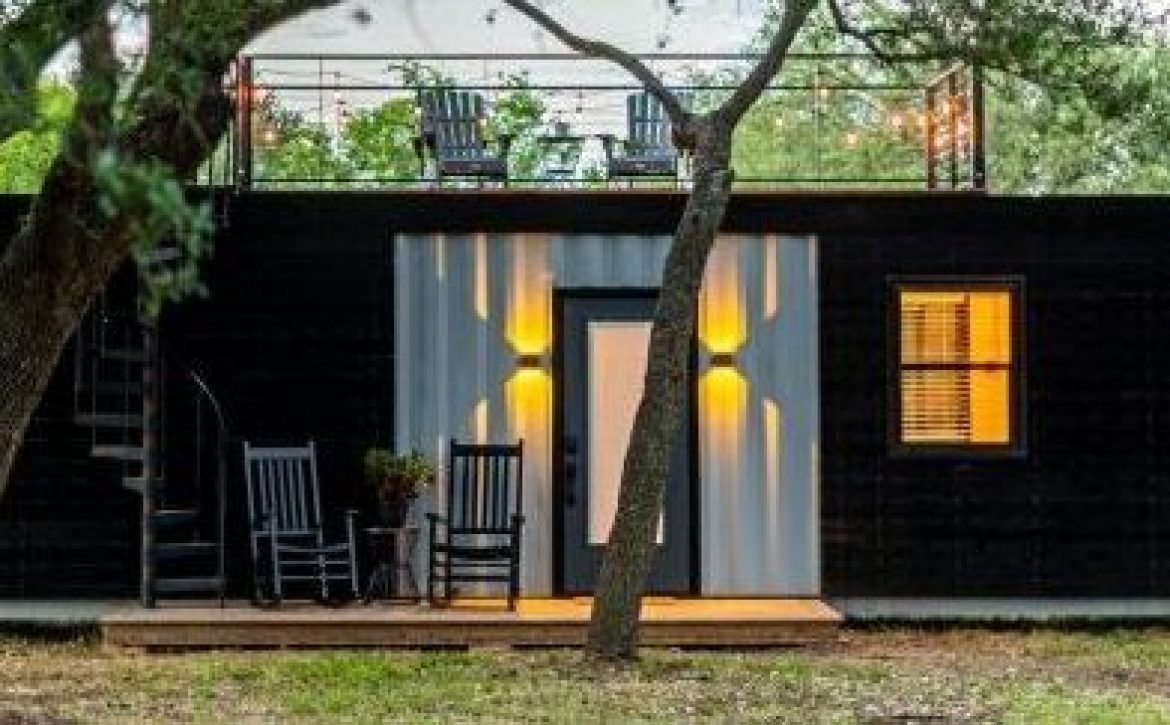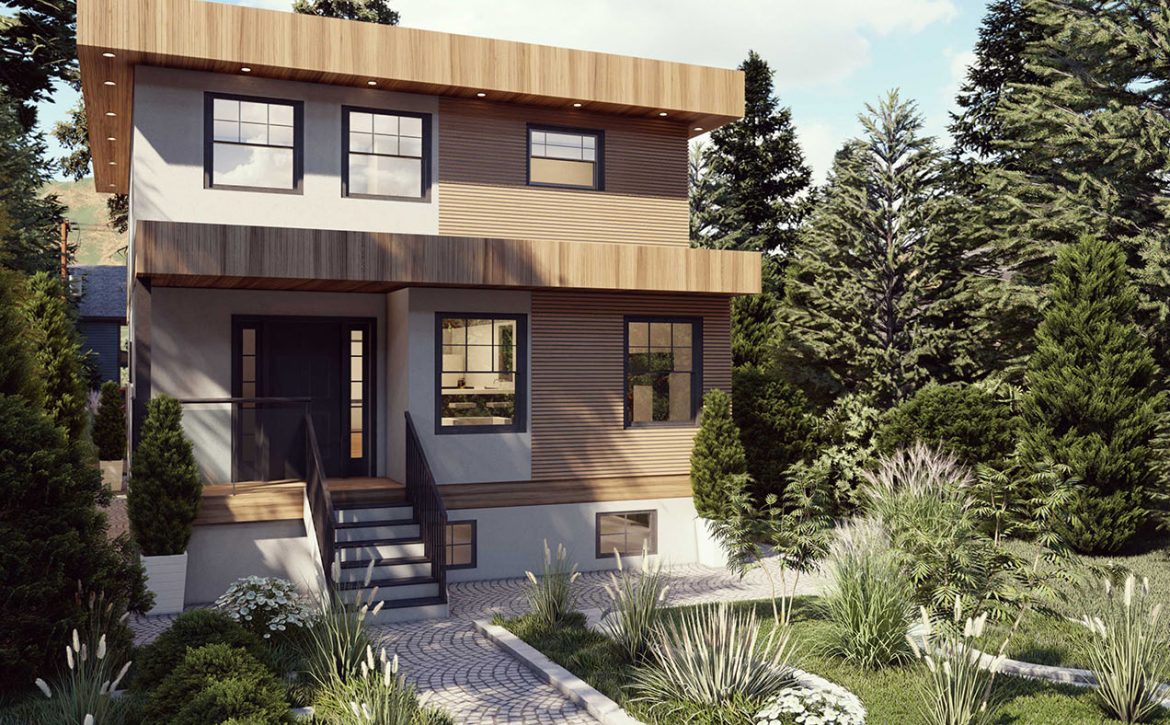The Exciting news about Laneway Homes, Coach Homes
Have you spotted these small homes showing up where there used to be a garage? They are Laneway Homes and they are becoming quite the thing. The concept of a Laneway House is very compelling. Small, well designed spaces we can use for a family member to live in (Aging In Place), or a space to rent out as a mortgage helper or a beautiful fresh space to downsize into while you rent out your original home on the property. In this article, we’re going to take a look at what’s possible in the world of Laneway Homes.
The exciting news is that the district of West Vancouver joined other Lower Minuciplaities and starting January 2022, will accept the construction of Coach Homes in any single family lots as part of their new bylaw changes!
The question remains, How to start a laneway home/ coach home project?
A laneway house, coach house, garden suite or accessory dwelling unit is a suite built within a single family lot which is not connected directly to the main dwelling, but cannot be separated, stratified or sold separately. They will share the same main water line, sewer and storm line. Laneway Homes should have their own meter and are generally built for long term residency
Laneway homes and accessory units became very popular within the last 10 years because of the options they have to offer. The return on investment is attractive when balanced with the costs of construction. Basically, if you have a lot that qualifies for a laneway home, well it’s like a lottery ticket to generate passive income for years to come. Our expert team of designers focuses on design ideas to create a set of drawings that makes clever use of all spaces to provide a smaller space that feels expansive. We inject design features and finishes that excite and give that #aah feeling of “being home”.
Working with clients is where we shine….we define your style and mix it with our expertise. Whatever your objectives are…..renting, downsizing, Aging In Place…..your satisfaction is our goal.

The size of an accessory unit (laneway home) depends on several factors and the most important of all depends on which municipality your lot is in.
In Vancouver standard lots are about 640+-sf. and for a larger lot up to 950+- sf. The city of North Vancouver allows an even larger home, up to 1,000 sf. At this stage, it’s time to do your due diligence. To get a better idea of what’s possible for you can take advantage of the free 30 min consultation and we will help you to get a better idea of the process and your options.

In the preconstruction stage the cheapest company often ends up the most expensive one. Oftentimes people will try to by-pass the input of a designer or engineer, not understanding that at this integral stage expert input can make the project more affordable in the short term and the long run. A professional design will give the contactors iron clad drawings to work from. This will make the most out of small spaces so every square foot matters. Input from a professional designer will point the way to the most cost efficient, effective finishes and choices for the project.
Book the 30 min free consultation with our lead designer Aryo and leave the rest to us. We will make sure you are taken care of as we offer a 100% customer satisfaction guarantee.
Is it possible for different generations to live together and still maintain healthy levels of privacy, social life, and lifestyle as a whole? When you hire a designer who thinks outside the box, is able to observe every issue from different angles and find a solution to any problem – then the answer is YES. A multigenerational home can be a very convenient option for a family. Even more so, if the layout plan pays proper respect to everyone’s needs.
Considering economic fluctuations and a sustainable approach to modern lifestyle, today’s families are attracted to flexible house plans that can offer additional comfort and cover for any unexpected circumstances. Parents often have in mind their children. Young adults may return home after college, looking for a risk-free base while setting up their own lives. Similarly, young couples might be preparing to welcome newborn family members or a possibility of housing the senior ones.
Multi-family house plans, in contrast, include several independent living suites. These are typically separated within the same structure, usually featuring one unit per floor or placed next to each other.
In contrast to multi-family residences, a multigenerational home offers manageable housing options that can suit many different needs. Cleverly planned, it easily accommodates different generations under the same roof, requiring no major divisions or further adaptations. It’s possible to create privacy in many ways, including dividing living and sleeping zones into separate wings, adding a bathroom to every bedroom, and similar. At the same time, communal areas such as the kitchen, dining rooms, and others can remain shared.
And that’s what Theo was looking for.
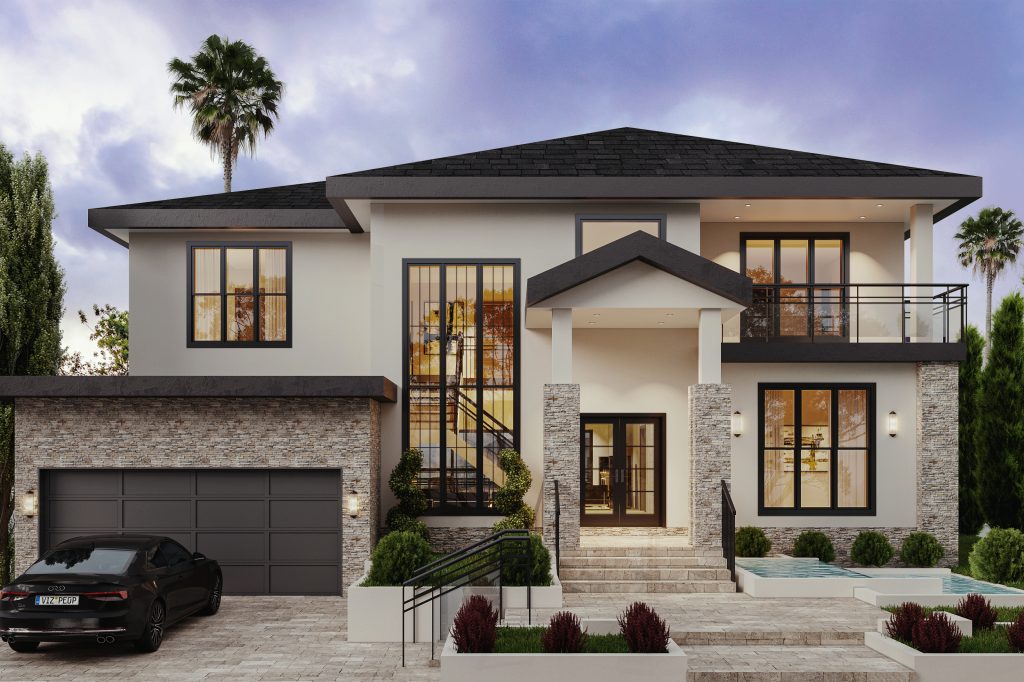
Theo arrived in Canada to study, filled with the hope of starting a new, prosperous life after graduation. Five years later, his dreams began to develop in a perfect way.
He met and married a beautiful girl, and the couple decided to settle in Vancouver. The idea of building a house of their dreams – customized by their desire, a perfect place where they can grow old – kept lurking in the background, waiting for the right moment to shine. Finally, after receiving happy news about a baby on the way, the couple decided that it’s time to act.
They wanted a place where their kids will grow stable and safely, having a courtyard to play in, and rooms to call their own. But that wasn’t all. The family aspired to stay close and be always at hand with each other. So the final decision was to build a multigenerational home for both the young family and Theo’s in-laws. Its plan should secure sufficient space and high levels of privacy for all.
Aware of all issues that might emerge from the generation gap, the couple decided to prevent rather than cure. They understood the importance of a good layout plan, and the benefits it might bring to everyone. That’s why finding the right designer was essential.
Theo wasn’t sure where to start, not even whether to hire a builder or an architect first. He was spending hours exploring the abundant offer on the market, looking for someone that could fit his ideas. One day, a certain Houzz profile caught his attention.
It seemed like a perfect match, a designer who cares and understands the needs of his clients. Apart from possessing abundant experience and knowledge about ageing-in-place, he was also an expert in traditional approaches and wellbeing philosophies such as Feng-Shui.
His name was Aryo.
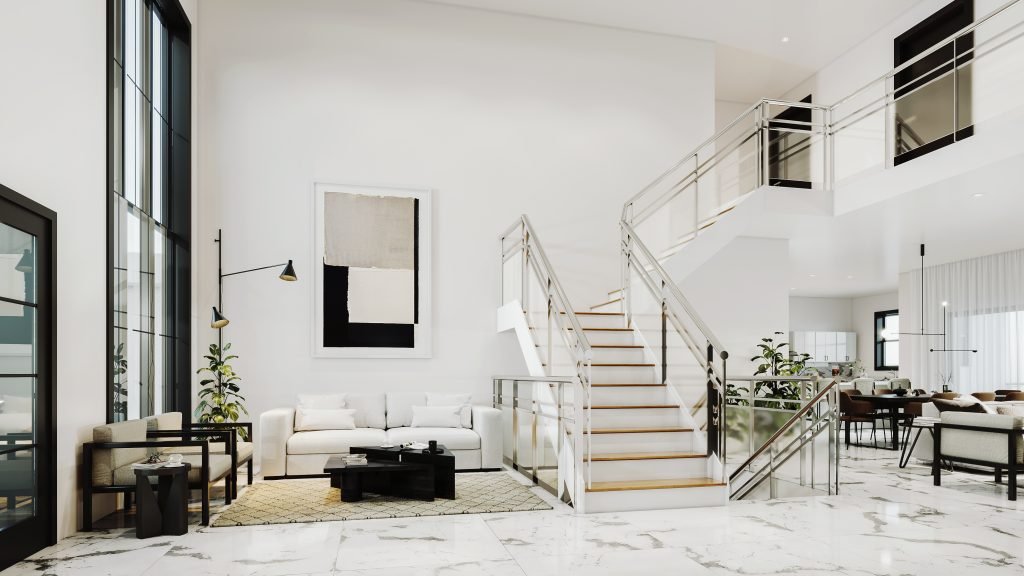
Aryo turned out to be everything Theo was looking for, not only a designer but also a certificated builder, versed in each and every aspect of designing and constructing a house. The best part of the offer was the possibility of having a free 30-minute consultation. Theo was able to meet Aryo, describe his wishes, and make sure that he had found the right person. After the first meeting, there was no more doubt – they were a match made in heaven.
So the project started.
The common ground for all future residents was their wish for a bright, airy, elegant space, filled with daylight. However, some challenges were on the way.
The young generation wanted to follow the latest trends. Their idea of an ideal home implied a super modern design. It involved a computerized smart-home filled with the latest technology, life-changing gadgets, and cutting-edge devices. The couple was interested in the practical side of things above all, without much thought of theories behind the function.
Naturally, the seniors were not sharing the same level of excitement. Their preferences lied in lasting values, long-term opportunities, and traditional, familiar ways. Cultural heritage and habits were important to everyone, and diversity needed a middle ground.
Luckily, Aryo had more than one ace in his sleeve. The project he offered was an ideal marriage of ancient philosophy with the indulgence of modernism.
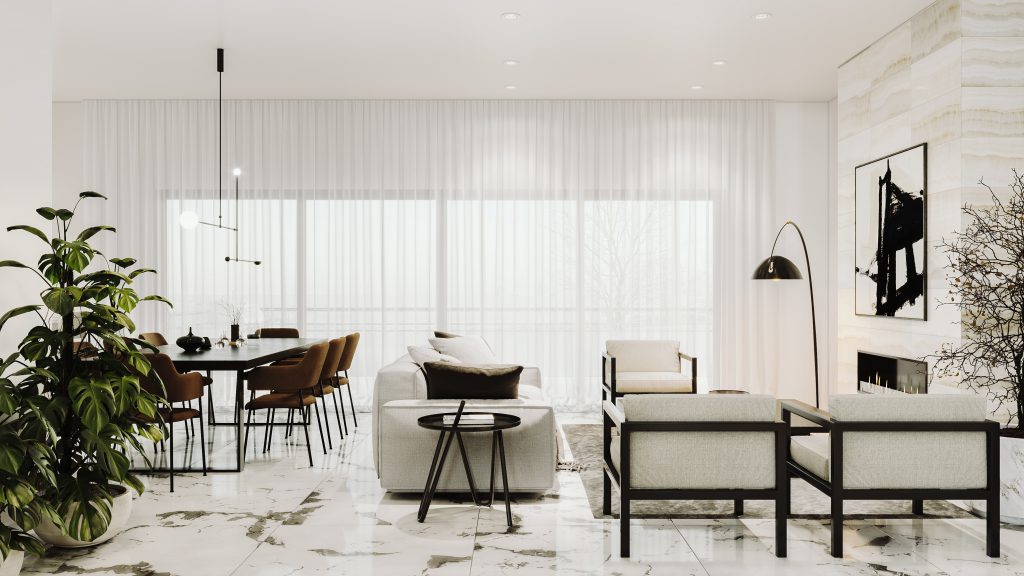
The older generation’s desires have been covered in several vital aspects. By using quality materials, Aryo ensured that their home would be a long-lasting quality structure, reliable and comfortable. Every segment was composed in line with the philosophy of Feng Shui, filling the space with harmony and spiritual peace.
Clean lines, lightweight furnishing, and a black-and-white colour scheme gave the house a modern flair. That, of course, sparked the joy of the younger generation. In contrast to seniors who followed Aryo’s lead, they wanted to know the reason for everything. As a result, Theo and his wife learned a lot about Feng Shui and ancient living philosophies. They developed a passion, along with a deep understanding of how and why all those principles still matter today.
Technology solutions were incorporated discreetly and convenient for all residents. Between ancient philosophy, modern culture, and bridging a generation gap, Aryo made sure that the project will comply with all local zone codes and restrictions. Hard work and devotion to find the right common ground and satisfy all parties, getting over hurdles and red-tapes, paid off in a gorgeous new structure and ecstatic residents.
The final result is a high-quality design. Distinguished by paying respects to the old ways, it successfully combines them with the modern lifestyle. Theo’s home is now a perfect fusion between traditional and modern, Western and Asian, functional and aesthetical. Feng Shui and West Coast embodied in one multigenerational home, provide a perfect place for in-laws to enjoy their grandchildren. In his own words, the project exceeded all Theo’s expectations.
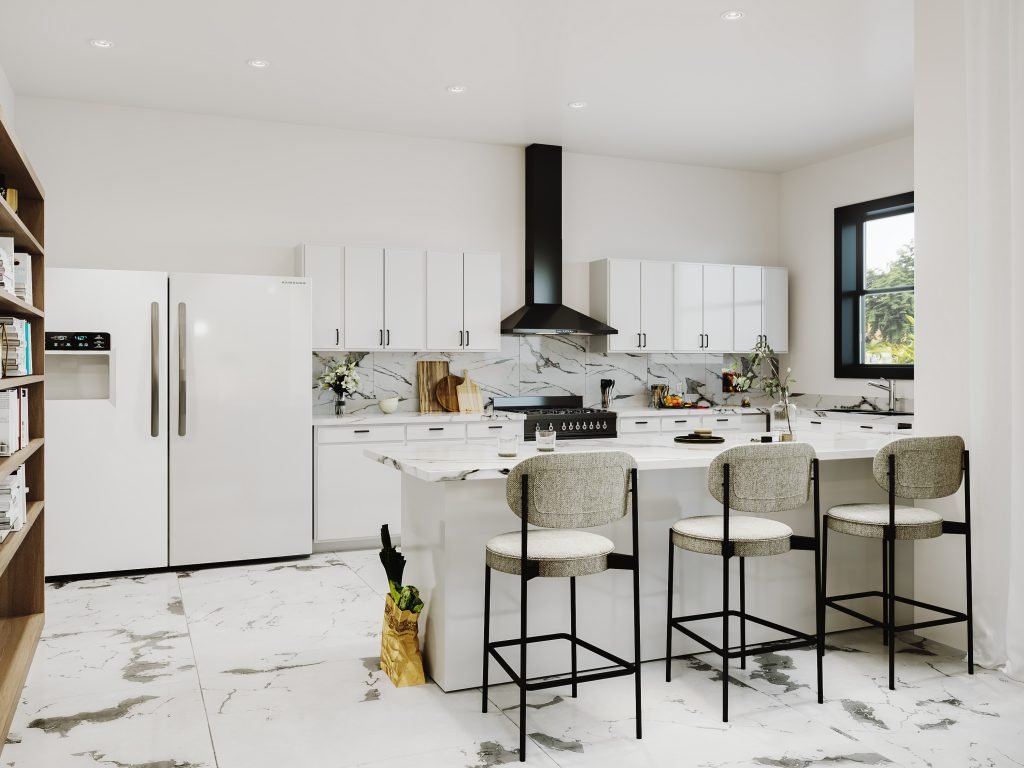
Sharing a home with in-laws, parents, or adult children can be challenging – but it also bears a plethora of advantages.
Sharing living expenses and other responsibilities provides a possibility to invest in other spheres of your life. Along with other improvements, it also offers an easier path to acquire a newly built house of your own. When it comes to families, surely it’s more affordable to maintain a single multigenerational home than two or more. There’s just one mortgage, more manageable to pay off with a shared set of utility bills.
Along with being an affordable, cost-effective choice, a multigenerational home provides peace of mind with shared responsibilities. Everything counts, from maintenance and repairs to taking care of supplies and child-sitting. Ageing in place is also more relaxed when having someone at hand for support at all times.
Finally, one of the best things about living in a multigenerational home is the ability to share with family members. We live in an age when loneliness has become a severe social issue. A house full of conversations, laughter, action, meals, customs, good and bad times – sometimes seems like a true sanctuary. Living together gives a chance for older family members to pass on their (and family’s) history to the younger ones. It can help them to strengthen their identity and create a shield against the uglier part of the world.
For seniors, ageing in place with their children and grandchildren helps them stay active and sharp for longer. It also diminishes loneliness, which is a common problem and a source of fear for seniors.
The younger generation can also benefit from having other adults in the house. Sharing the burden means lower stress levels and more time for good things in life. Strong family relationships are a source of comfort and peace, leading to a healthier life for everyone.
Do you want to learn more about the ways to get a multigenerational home of your own? Follow Theo’s path and schedule a free consultation with Aryo today.
After the epidemic, health officials implemented many rules and regulations in public spaces. But we also have our private life to think about. Is your townhome, condo, apartment building, or multifamily building safe enough?
The units where we should feel snug and secure can become more dangerous than the outside world. For instance, most of the older buildings use outdated carpets and wall coverings. It’s also possible that those haven’t been maintained for a long time. The porous surfaces can absorb the virus from outside and spread it through the unit’s ventilation system.
To keep your multifamily building safe, you should ask your strata manager or building manager some serious questions. Start by discovering just how safe the flooring or wall covering in your building is? Piping needs to be inspected, too, as well as the ventilation and/or heating/cooling system.
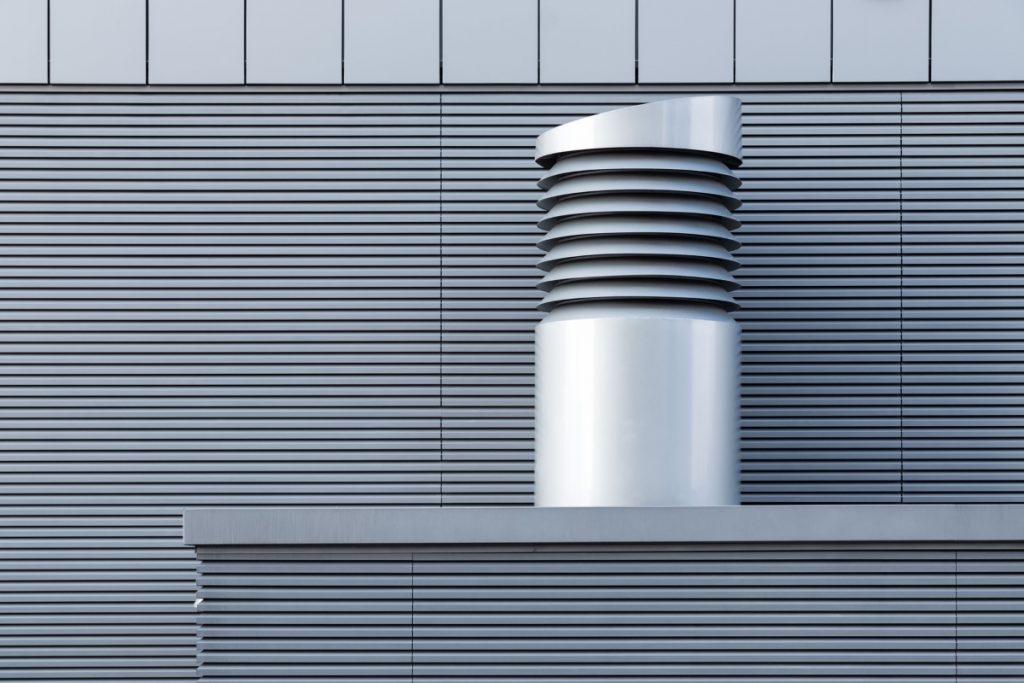
Another necessary inspection is that of ducking for each ventilation/heating/cooling system. If those are not separated, in order to avoid air mix between units, you must take steps for significant improvements ASAP.
While there is still much uncertainty regarding this virus’s nature, it’s wise to conduct as many immediate preventative steps as possible to reduce the risk of infection.
Recirculating air has become the default in many buildings. Still, with all the controversy, old-style ventilating with outdoor air becomes vital. It’s the simple but efficient way of diluting airborne contaminants, thus decreasing transmission rates. If necessary, consider replacing or adapting some or all windows so you can simply open them wide to let in more outdoor air.
Humidity matters, too. Some studies suggest that viruses can survive in low-humidity environments more easily. Heating and ventilation systems can help to increase humidity and maintain an optimal range of 40 to 60%.
Heat Recovery Ventilation (HRV) filters indoor pollution. Heating, Ventilating, and Air-Conditioning (HVAC) systems can help reduce the airborne concentration of pathogens if adequately designed and operated. Those must be, however, installed by qualified and experienced engineering professionals – otherwise may turn dangerously counterproductive.
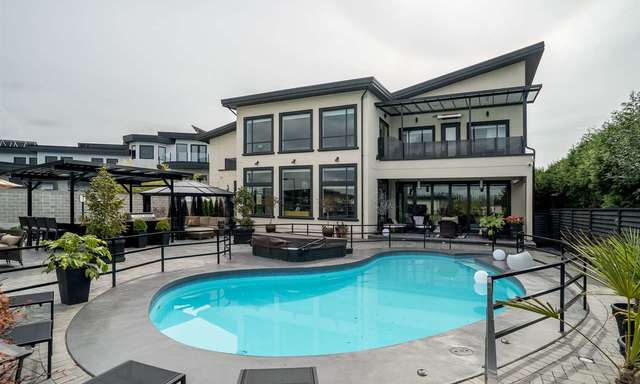
You or your building manager should engage the technicians to identify the ways and directions the air moves through spaces. Such tests should determine both the flow and leakage. In the case of non-separate ducking, there are several solutions, including HVAC upgrades, installing new doors or air curtains, and sealing the gaps.
Indoor air filtering has a role of its own. Changes to air filtration practices may take more time to implement. However, research suggests that filtration of recirculated air may significantly help in reducing the transmission of airborne infectious diseases. HEPA filters in their full potential can remove 99% of particles measuring 0·3 microns or more. These filters are not an investment with temporary importance, as those also remove vapor, dust, bacteria, and fungi.
Regular cleaning protocols need upgrading to meet the demands of the current situation. Increased frequency and regular supplies are a crucial step. However, not all surfaces are the same. Replacing outdated carpets and wall coverings will return with a double benefit. For instance, ceramic tiles are not only far less prone to retain the virus and dirt than the carpet—but also very fast and easy to clean as many times as needed. In multi-apartment buildings with high traffic flow, this is one of the smartest adaptations you can make.

There are several protocols and guidelines to minimize potential transmission risk through wastewater plumbing systems. These include but are not limited to:
Some types of renovations will not only make your multifamily building safe but may also bring a high ROI outside of the COVID-19 field of interest.
The exterior of the building makes more than just the first impression. With maintenance-free vinyl shutters, you can eliminate a part of the risks while also improving the appeal. Alongside this, you could add some textural elements as a “one-and-done” type of investment and kill two flies with one hit.
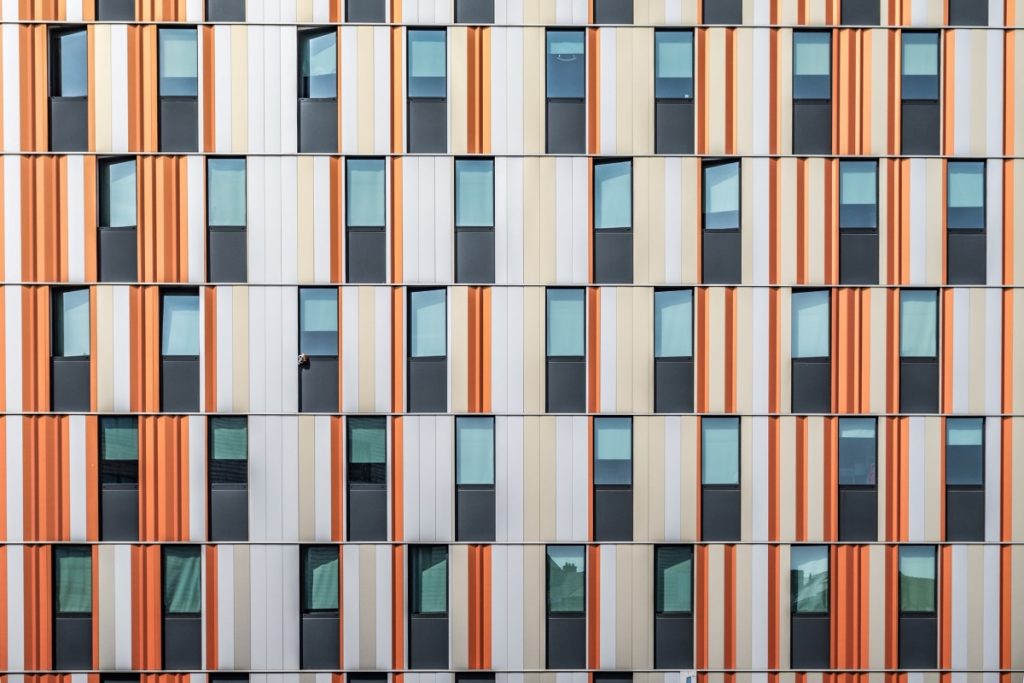
Security is always important. All doors and windows in each unit should lock effectively, as well as the front and back doors to the building. If possible, install new doors or at least new locks to enhance as much of contactless traffic as possible. This improvement can also be a considerable ROI booster for the future.
Since total square footage can be tight in older building apartments, spending all the time at home requires some adaptation, too. That applies notably if one or more residents are working from home. Sometimes a layout change can make the unit appear significantly larger, so consider a change that can bring a potential ROI. Opening up or knocking out a wall can create an open concept. It’s particularly useful in a smaller space, as you can easily adapt it further by temporary dividers. That way, you can secure more than one separated workspace without sacrificing valuable floor area.
Affordable remodeling doesn’t mean over-improving kitchens and bathrooms. It’s in no meaning necessary to use marble or granite finishes. There are less expensive materials that still deliver improved user experience and enhance safety. Newly updated yet less expensive countertops, cabinets, appliances simplify the sanitizing process while still raising the value of the place. Newer appliances and durable flooring bring it further, and on top of all, such an investment reduces ongoing maintenance costs.
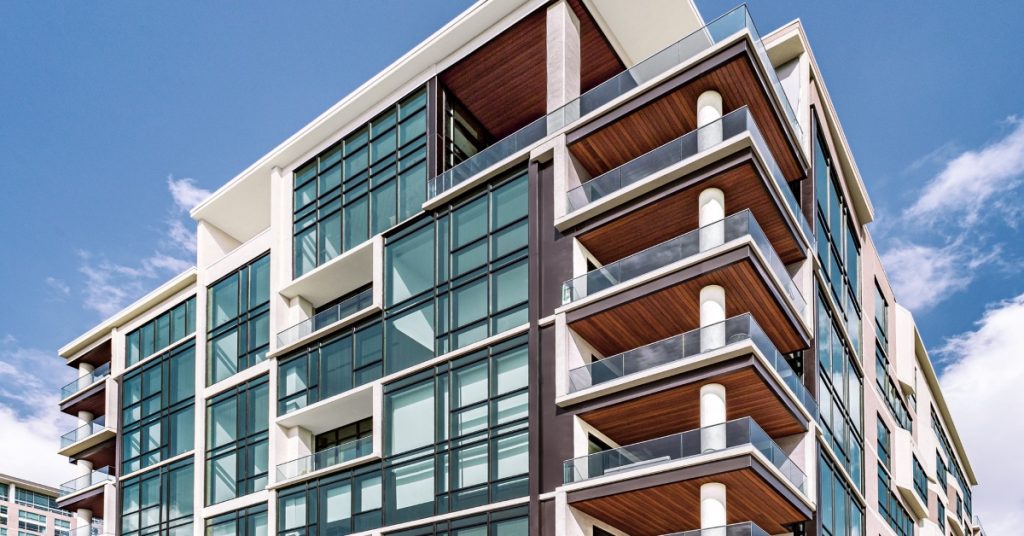
Balconies present a few additional square feet you could use in many creative ways. It may seem challenging at first, but some small interventions can turn into valuable experience in the long term. In case we witness more of hard isolation days, our balconies will become places of social life, so think ahead. If you are short of ideas, hire an architect and watch him doing his magic.
It’s strongly advisable to ask the contractor company all the relevant questions related to the job. Suppose your multifamily building is not professionally managed, or for any reason, you have to be the person responsible for the task. In that case, you need to take steps to ensure that any repair or remodel job will be conducted in line with the proper safety standards. Start with inquiring about the steps they took regarding protection and prevention. You need to be sure that you are in the right hands, above all.
Ask about the precautions the working team will take while working on the site. Do they use masks or plastic barriers, how is the shift organized? What about physical distance, are there any rules for traffic flow? How do they handle sanitisation? Make as many inquiries as possible, and hire only among companies who convinced you that they know what they’re doing.

If you plan to visit their showroom, observe the hygiene and if all the frequently used items are regularly sanitized. That applies to phones, work stations, computers, doorknobs, light switches, and bathroom fixtures. Additionally, office personnel should be devoted to sanitizing themselves regularly before and after interactions. Such a visit can tell you a lot about if the company can be considered reliable enough to hire during Covid-19.
The rules for employees that conduct work in private homes are no different than others. The contractor or general supervisor must assess the potential risk of infection for workers in advance and implement measures to minimize such risk as effectively as possible. Keep in mind that the more measures your contractor implements—the safer the worksite and the residents.
A short summarize of the contractor’s duties defined by the Standardized Protocols for all Canadian construction sites:
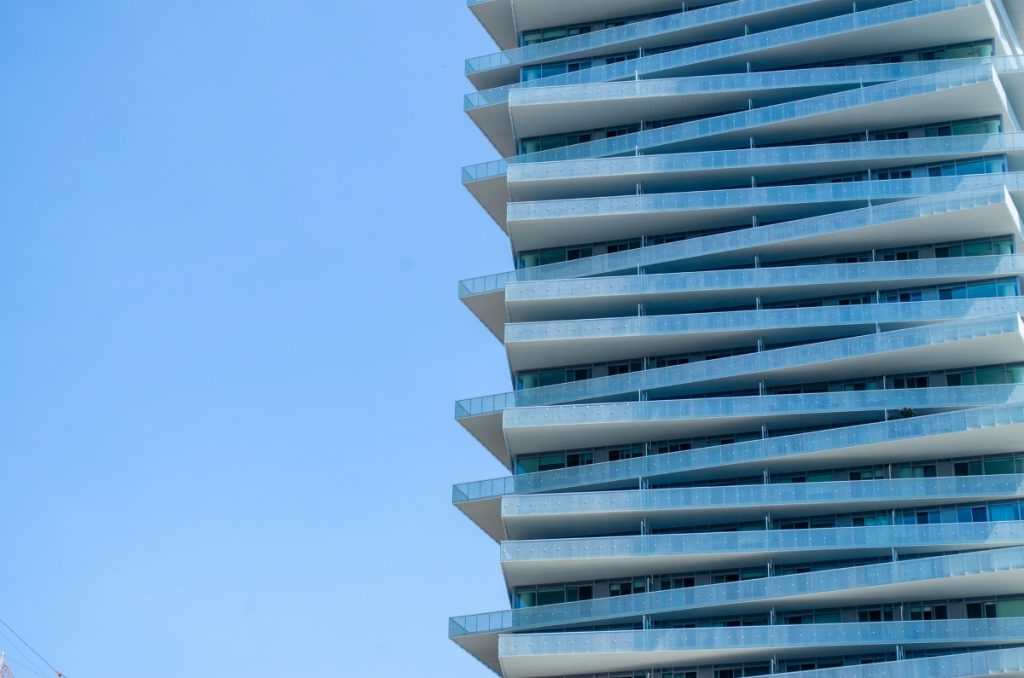
Some say that a proper quarantine is impossible if you live in a public or multifamily building. However, the lessons we learn every day will not only help the current situation but also transfer into a better tomorrow. We have been taking more for granted than we think. This is our time to learn just how much healthy buildings are essential in creating a healthy world. By making them safe and COVID-19-proof, we are creating safer environments for the time to come.
By Aryo Falakrou (My Home Designer)
You can see how this popup was set up in our step-by-step guide: https://wppopupmaker.com/guides/auto-opening-announcement-popups/
Error: Contact form not found.

